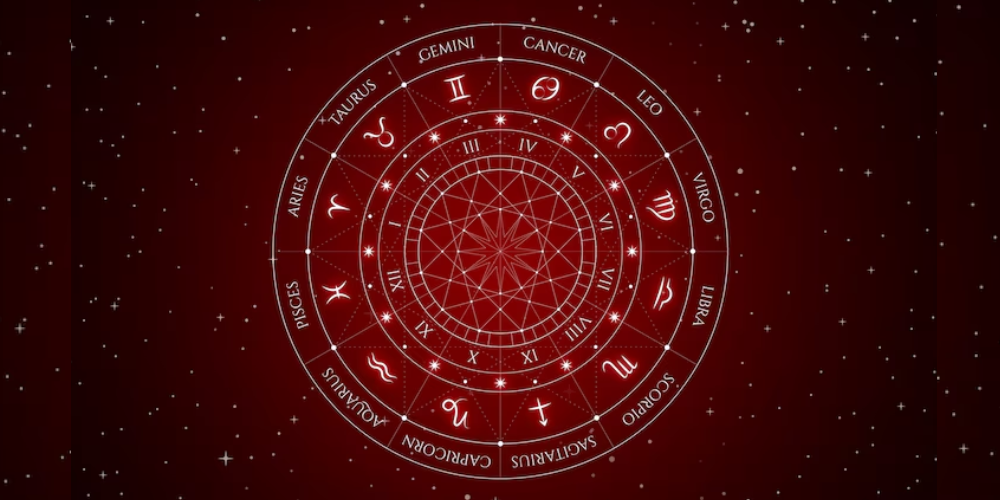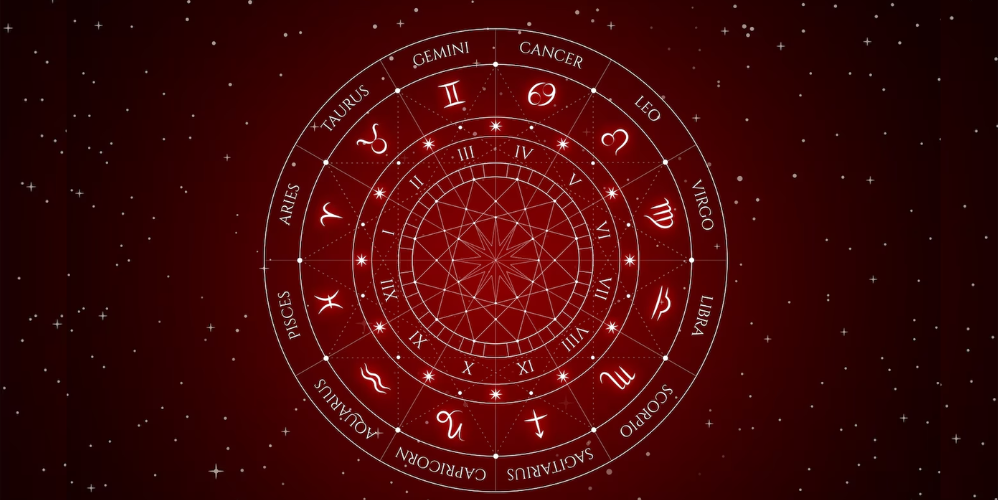A massive star recently exploded in a way that has astronomers questioning how supernovae release their energy. This event, designated as SN 2024bch, occurred approximately 65 million light-years away from Earth and was first observed in February 2024. It is a Type II supernova, which occurs when a star’s iron core collapses after nuclear fusion stops. Shockwaves then rip through the star’s outer layers, ejecting them into space. Normally, the energy from these explosions comes from the star’s ejected material slamming into the dense gas surrounding it, called the circumstellar medium. This collision creates narrow emission lines in the light spectrum. SN 2024bch, however, appears unusual. A Supernova That Breaks the Rules Astronomers describe SN 2024bch...
Water is fundamental to life, but its journey to Earth has long puzzled scientists. Observing ice around infant stars could provide crucial clues about where our planet’s water came from. Recent studies using the James Webb Space Telescope (JWST) are revealing how the water in star-forming regions might resemble the water on Earth, helping scientists understand how planets can become habitable. The Role of Semi-Heavy Water One key to uncovering the origins of Earth’s water lies in semi-heavy water, or HDO. In this molecule, one hydrogen atom is replaced by deuterium, a heavier version of hydrogen containing a neutron. Water with a higher HDO-to-H2O ratio typically forms in extremely cold environments, like the dense clouds of...
Stars are the engines of the universe, shaping galaxies, creating heavy elements, and dazzling the night sky. Yet, some stars stand out for their sheer size—so large that they could swallow entire planetary systems. These cosmic giants spark curiosity: how do stars grow so enormous, and why do they not all reach such extremes? The answer lies in the physics of stellar life cycles, where mass, fusion, and radiation determine their fate. The Largest Stars Known One of the most famous contenders for the title of the biggest star is VY Canis Majoris, a red hypergiant about 6,000 light-years away. Its size is staggering—more than 1,500 times the diameter of the sun. Placed in our solar...
At the heart of the Milky Way, where stars orbit dangerously close to a supermassive black hole, some of them may be living on borrowed time—or not aging at all. New research explores an extraordinary idea: certain stars near the galactic center might be powered not by fusion alone, but by the energy released from collisions between dark matter particles and their antimatter counterparts. This concept doesn’t just challenge conventional models—it reshapes what we understand about stellar evolution. What Shapes a Star's Life? The foundation of a star’s life lies in its mass. Mass determines how quickly a star burns hydrogen, when it moves on to heavier elements, and how it ultimately fades. The "main sequence"...
Life rarely stays in a straight line, and this week, two zodiac signs are about to feel that truth more than ever. Aries and Pisces are entering a stretch filled with surprise shifts, fresh opportunities, and internal tests. Whether it’s a career jolt or a subtle nudge toward personal growth, both signs could experience moments that disrupt their routines—but in a way that ultimately leads to growth. When astrology signals change, it’s not always chaos—it can also be a call to reframe and realign. And this week, Aries and Pisces are in the cosmic spotlight. Unexpected Momentum for Aries For Aries, this week isn’t just about fast moves or bold leaps—it’s about measured courage. While a...
Gemini brings a unique kind of energy to the zodiac. With birthdays spanning from May 21 to June 21, this air sign is ruled by Mercury—the planet known for swift communication and intellect. Represented by twins Castor and Pollux, Gemini naturally embodies duality. They move effortlessly between perspectives, balancing logic and creativity in a way that keeps everyone guessing. Always seeking something new, Gemini rarely stays in one place for long. Whether switching topics mid-sentence or moving between friend groups, their energy keeps things dynamic. It’s this vibrant, curious nature that often earns Gemini a reputation as the most social sign in the zodiac. The Mind Behind the Wit Gemini operates with remarkable mental speed. Conversations...
6 Differences Between Astrological Signs & Constellations
Astrology is an ancient art that has been used for centuries to provide insight into a person’s character. While many people are familiar with the 12 astrological signs and their meanings, they may not be aware of the differences between astrological signs and constellations.
In this article, we will explore six key differences between these two concepts and explain why understanding them is important.
Origin
The first difference between astrological signs and constellations is their origin. Astrological signs were developed by Ancient Babylonian astronomers over 3000 years ago.

Mat / Pexels / Unlike astrological signs, constellations are way older.
On the other hand, the original 88 constellations can be traced back even further, to the Greek astronomer Ptolemy in 150 AD.
Number
The second difference is the number of signs and constellations. Currently, there are 12 zodiacal astrological signs which make up the zodiac calendar, while there are 88 modern constellations in total.
Apparent Size
The third difference between the two is apparent size. The apparent size of an astrological sign refers to its ability to be seen from Earth. All of them can be seen regardless of where you are standing on the planet.
Constellations, on the other hand, vary greatly in terms of their visibility from different parts of the world due to changes in atmospheric conditions as well as the time of day or night.
Interpreting Meaning
The fourth difference is how each is interpreted for meaning. Astrological signs are typically associated with certain personality traits and are used to forecast future events or trends in a person’s life.

Lucas / Pexels / Unlike constellations, astrological signs are associated with personality traits.
Constellations, however, provide a map of the night sky and can be used to help people identify stars and planets within our universe.
Relationship with Time
The fifth difference between astrological signs and constellations relates to time. The 12 zodiacal astrological signs move through the night sky on an approximate 3,000-year cycle.
On the other hand, constellations remain in the same place relative to Earth over long periods of time due to their fixed positions in space.
Cultural Significance
The sixth and final difference between the two is the cultural significance they hold. Astrological signs are often used in day-to-day life to assist with decision-making. Or, to gain a better understanding of oneself.

Mat / Pexels / Unlike constellations, astrological signs are used to denote cultural significance.
On the other hand, constellations are more commonly seen as objects of beauty in the night sky.
The Final Word
Astrological signs and constellations are two different concepts, although they are often confused. Both have fascinating stories and historical origins, as well as cultural significance. With that said, both offer us a unique insight into the night sky and its hidden secrets.
Understanding the differences between astrological signs and constellations can help deepen one’s appreciation for both concepts. While each has its own unique origin, number, apparent size, interpretation, relationship with time, and cultural significance, it is clear that there are many interesting aspects to explore when discussing astrology and astronomy.
For those looking to learn more about astrological signs or constellations, there are plenty of resources available online to help deepen your understanding of these two concepts.













